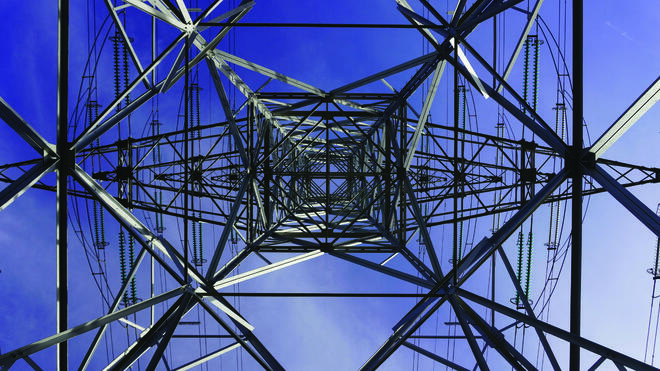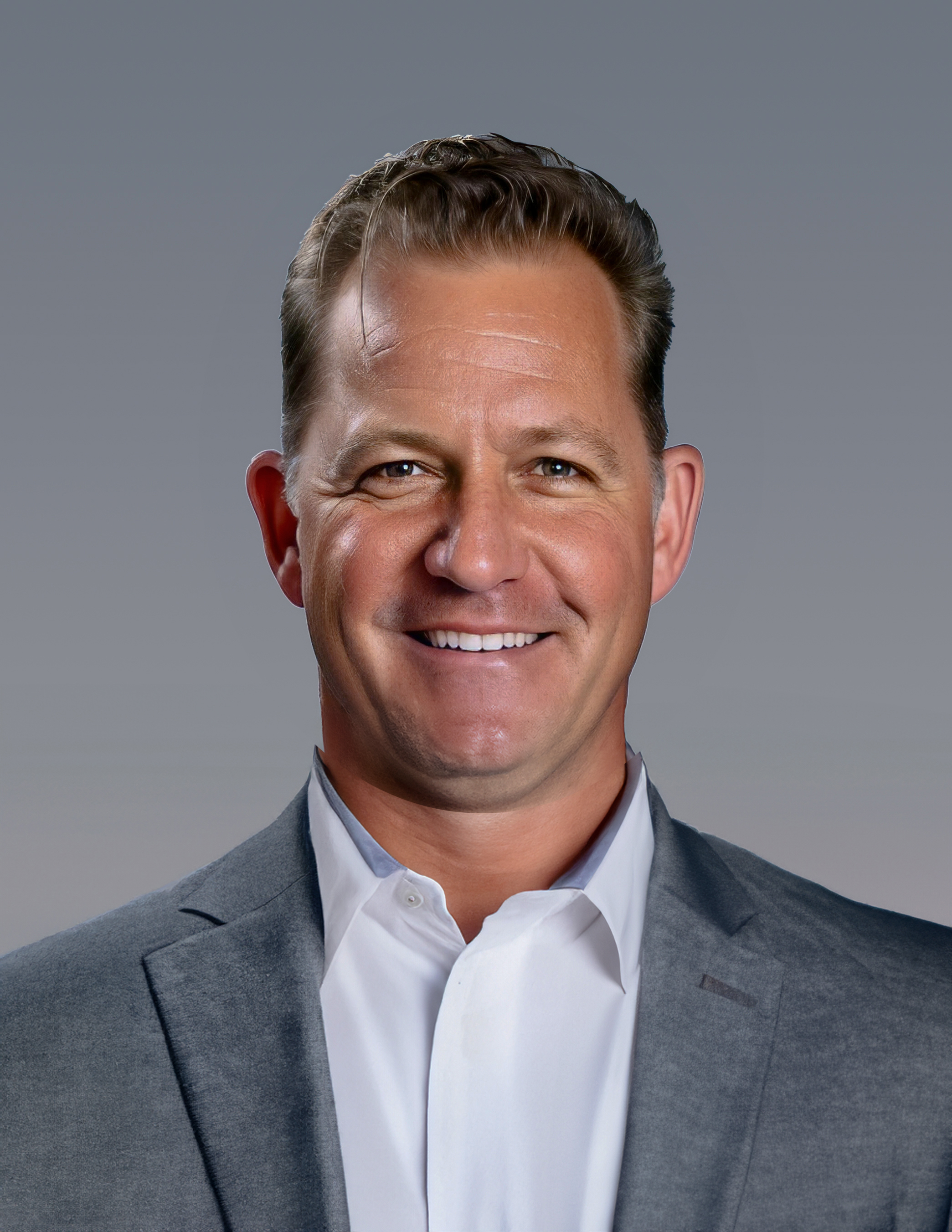Grid Management Ensures Stability During Disasters – and Everyday

By Dave Herlong
Ubicquia Chief Operating Officer
As Hurricane Milton prepares to make landfall this week, the grid is top of mind for many. The devastating aftermath of Helene illustrates how grid failure from a dramatic weather event can send ripples through a community by disrupting critical infrastructure.
From hospitals to nursing homes and dialysis centers to emergency services and supply chains, these facilities are integral to the health and safety of our communities, especially during emergencies.
Grid operators, engineers, and line crews are tasked with the complex job of maintaining this essential infrastructure both in times of crisis and during normal operations. These professionals are on the frontlines of restoring power when extreme weather disrupts supply.
On the Frontlines: Utilities are First Responders in Extreme Weather Events
In the event of weather events, like hurricanes, utilities work around the clock to restore power as quickly as possible, minimizing the impact on critical services. They are, in many ways, first responders, ensuring that key facilities remain operational when they are needed most.
In a storm event, the first systems at risk are often those that support the most vulnerable members of society. Hospitals, care centers, and nursing homes rely on continuous power to operate life-saving equipment. Any prolonged power outage can result in dangerous conditions for patients who depend on medical devices like ventilators, dialysis machines, and other critical care systems. The ability to maintain a reliable power supply to these facilities is essential to minimizing harm during extreme weather.
Critical infrastructure extends beyond healthcare as well. Fuel supply chains, water treatment plants, and communication networks are all dependent on a reliable electrical grid. If any of these systems fail during a disaster, the consequences can cascade, exacerbating the situation, jeopardizing public health and safety, and hindering recovery efforts.
A Fine-Tuned Machine
The modern electrical grid is the world’s largest interconnected machine. It is a vast network that spans entire regions, linking power plants, transmission lines, substations, and distribution systems. Its complexity demands constant monitoring and maintenance, ensuring that even minor faults do not escalate into larger, more catastrophic failures.
To maintain this level of reliability, real-time monitoring systems need to be integrated into grid operations to track the flow of electricity across the grid in real time, pointing repair crews to downed lines, damaged transformers and poles, and using predictive analytics to flag potential issues before they cause widespread outages. With advanced monitoring capabilities, grid operators can take preemptive actions to avoid failures, keeping power systems stable and reducing the risk of blackouts.
This proactive approach is essential not only in disaster scenarios but in maintaining the smooth operation of the grid on a day-to-day basis.
UbiGrid®: Transforming Grid Management with AI
To meet these challenges head-on, Ubicquia’s UbiGrid platform offers a cutting-edge solution for cities and utilities. The UbiGrid Distribution Transformer Monitoring (DTM+) system is designed to make distribution infrastructure smarter, more efficient, and more visible in real time.
With 360-degree visibility, UbiGrid DTM+ monitors primary and secondary current and secondary voltage and transformer performance, detecting key metrics like voltage sags, swells, load imbalances, and even oil temperature and pressure. The system collects and sends this data over a reliable LTE network to the cloud-based UbiVu® asset management system, as does the UbiGrid® TVM.
UbiVu leverages predictive analytics and real-time reporting to give utilities end-to-end visibility of their infrastructure. The system’s open APIs enable easy integration into existing grid operations, allowing for seamless upgrades to grid management capabilities.
Additionally, UbiGrid DTM+ provides valuable insights for proactive maintenance, reducing operational costs by identifying issues before they require costly emergency repairs. With GPS functionality, the system also helps crews locate faults more quickly, improving outage response times and minimizing disruption.
By investing in solutions like UbiGrid®, utilities can enhance the reliability and efficiency of their power grids, ensuring that both critical infrastructure and everyday electrical needs are met without interruption.
This blog is part of the series Grid Resiliency in a Changing Energy Landscape, written by Dave Herlong. Read the next article in the series: Why Last-Mile Investments Are Key to Grid Resilience and Cost Savings

Dave Herlong, Chief Operating Officer, Ubicquia
Dave joins Ubicquia after a distinguished 30-year career at Florida Power & Light Company (FPL). Dave's extensive experience includes leadership roles in Distribution Operations, Construction, Streetlights, Vegetation, Smart Grid and Cyber Resiliency. As Senior Director of FPL's state-of-the-art Control Center and later as Executive Director of Smart Grid and Innovation, Dave played a pivotal role in modernizing the nation's electricity delivery infrastructure. Dave is a 5-time U.S. patent holder, a certified six sigma Black Belt and has earned an Executive Certificate in Strategy & Innovation from M.I.T. At Ubicquia, Dave oversees the daily operations of our Smart Lighting, Smart Grid, and Public Safety business segments.

